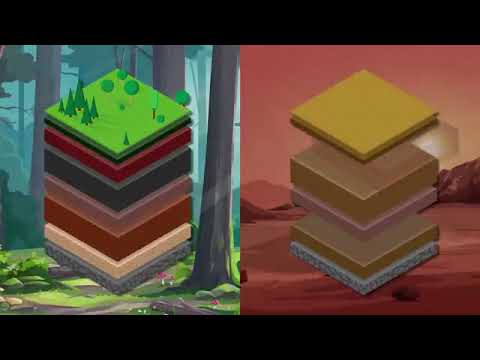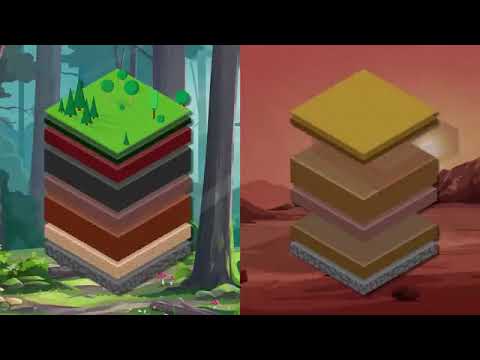Have you ever misplaced something important, like your keys or even a piece of your past? Imagine losing a billion years of Earth's history—that's the intriguing mystery I uncovered, a gap that reshapes our understanding of the planet's timeline and sparks endless curiosity.
TL;DR
I start by revealing the baffling loss of a billion years in Earth's fossil record, far more puzzling than everyday misplacements.
Through layers of sedimentary rock, I explain how time is normally preserved, but erosion creates massive gaps, leaving geologists scratching their heads.
I delve into the Great Unconformity, a global phenomenon spanning continents with hiatuses up to 1.2 billion years, hinting at erased ancient events.
Connecting to the Snowball Earth theory, I explore how glacial erosion might have triggered an explosion of life, turning loss into a catalyst for evolution.
Ultimately, I ponder if new discoveries will solve this planetary puzzle, leaving the great mystery alive for future exploration.
I remember the first time I thought about how easy it is to lose things—keys, phones, or even bigger mysteries like a chunk of our planet's history. As I delved into geology, I realized that a billion-year gap called the Great Unconformity exists in the fossil record, making it one of the biggest enigmas in Earth's timeline. This gap represents nearly a quarter of our planet's existence, and it's like finding a missing chapter in a book that no one can locate.

If you dig into the Earth, you'll uncover layers of rock that tell a story of time passing. Deeper layers hold older rocks, formed through slow processes like deposition, where particles like sand and dust accumulate, and cementation, where they bind together over millions of years. I often picture it as a rock trifle, with each layer representing eras of history, from ancient artifacts to natural remains that become fossils.
Fossils form when hard parts of animals, like bones or shells, get encased in rock and replaced by minerals over time. This process freezes them in the era they lived, allowing us to study the sequence of strata through stratigraphy and the law of superposition, which simply means lower layers are older if undisturbed. But as I learned, this orderly record isn't always reliable—erosion and changes in conditions can erase parts of it.
These interruptions, or hiatuses, create unconformities, where new rock layers sit at different angles or with noticeable differences in color and texture. I recall how Niels Stensen first sketched one in 1669, and James Hutton discovered a significant one in Scotland, dating back 80 million years. That led to key insights about tectonic plates and Earth's shaping forces, turning simple rock formations into a geologic shrine.

The most striking example is the Great Unconformity, first observed by John Wesley Powell in the Grand Canyon in 1869. Here, vertical and horizontal rock layers meet, representing a gap of up to 1.2 billion years across ancient North America and beyond. In places like the Grand Canyon, 525-million-year-old sandstone sits atop 1.7-billion-year-old rocks, while in Missouri's Ozark Plateau, a 500-million-year gap appears—it's a mystery that repeats worldwide.
One theory I find fascinating is Snowball Earth, suggesting that around 650 million years ago, glaciers covered the planet, eroding vast amounts of rock—up to three miles in some areas. This massive erosion could explain the missing layers, as the debris enriched oceans with nutrients, sparking the Cambrian explosion of life about 541 to 530 million years ago. That's when early fish and other ancestors emerged, turning a period of loss into a burst of evolution.

As I reflect on this, the Great Unconformity reminds us that even in science, some puzzles persist, waiting for future breakthroughs.
This mystery highlights how erosion not only shaped the planet but also set the stage for life's rapid diversification, showing that what was lost might have fueled what we have today.
Key Takeaways
The Great Unconformity represents a billion-year gap in Earth's geological record, caused by erosion and sedimentation interruptions.
Sedimentary layers and fossils provide a timeline of history, but unconformities like those in the Grand Canyon reveal significant missing periods.
The Snowball Earth theory links glacial erosion to the Cambrian explosion, suggesting nutrient deposits triggered a surge in life forms.
Despite advances, the exact cause of this global gap remains unsolved, emphasizing the ongoing nature of geological discoveries.
